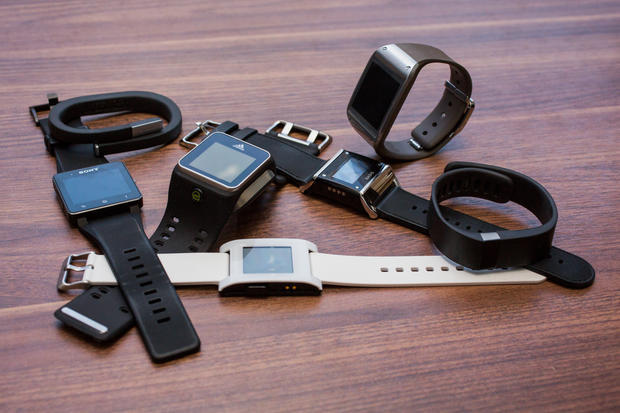Best practices for crafting a wearable device policy


Wearables are coming. It won't happen tomorrow, or even this year. But within the next 5 to 10 years, wearables will flood the consumer and corporate technology markets.
A Tech Pro Research study conducted in April 2014, found that 36 percent of respondents had either started using wearables, were in the midst of a deployment, or were planning to implement them. In 2013, Juniper Research estimated that worldwide wearables spending would reach $1.4 billion in 2013 and $19 billion by 2018. And Gartner predicts that by 2020, over 150 million wearable devices will ship worldwide.
Even if your business doesn't manufacture or sell wearable devices, it will interface with wearables in some way. Healthcare providers will monitor patients from across significant distances with wearable devices. First responders will wear cameras to record their actions, and sensors to track their vital signs. Sales people will receive pertinent information through their glasses, which will recognize the faces of potential clients. Teachers will control presentations with wearable motion control devices. And employees will bring everything from personal fitness trackers to smart clothing into the workplace (and onto your network) just as they do smartphones today.
Wearables raise many unanswered questions
At their core, wearables are just the next stage in the evolution of the human-machine interface (at least until we start talking about implantables). But thanks to advances in hardware miniaturization and power storage/consumption and trends like the Internet of Things (IoT), big data, and cloud computing, they will be even more ubiquitous than the keyboard, mouse and monitor are today. And like most new technologies, wearable devices will create unforeseen technical, social, and legal issues.
In the coming years, corporations, governments, and even individuals will need to answer questions like:
- Should we regulate or even ban facial recognition apps?
- Will data collected by wearables be admissible as evidence in legal proceedings?
- Should we allow the use of smart eyewear while driving?
- Will consumers be able to disable the sensors built into smart clothing?
- Is it rude to watch video or browse on your smart glasses while talking to someone?
Indeed, many organizations are already grappling with the privacy, security, and connectivity issues raised by wearables. Google Glass has been banned at government facilities like Guantanamo Bay, at restaurants and bars, on the gaming floors as casinos, in hospitals, and during many live performances. Eventually, most if not all workplaces will need a policy that covers wearable devices.
Crafting a good wearable device policy
A wearables policy is designed to protect company data and staff by outlining the acceptable use of wearable devices. Every employee, contractor, temporary worker, authorized agent, and volunteer who has a wearable device, whether purchased personally, by the organization, or by a third party, should be subject to the terms of the policy. The policy should be developed with input from stakeholders across the organization and outline the following:
- Procurement process for company-owned devices
- Acceptable use of organization-provided devices
- Acceptable use of personal devices
- How the use of wearables will be monitored
- Violations reporting process
- Potential penalties for violating the policy
- Once created, the policy should be evaluated by your organization's legal counsel and disseminated as part of your standard employee documentation.
Save time and download ready-made wearable device and Google Glass policy templates from Tech Pro Research, ZDNet and TechRepublic's research site.